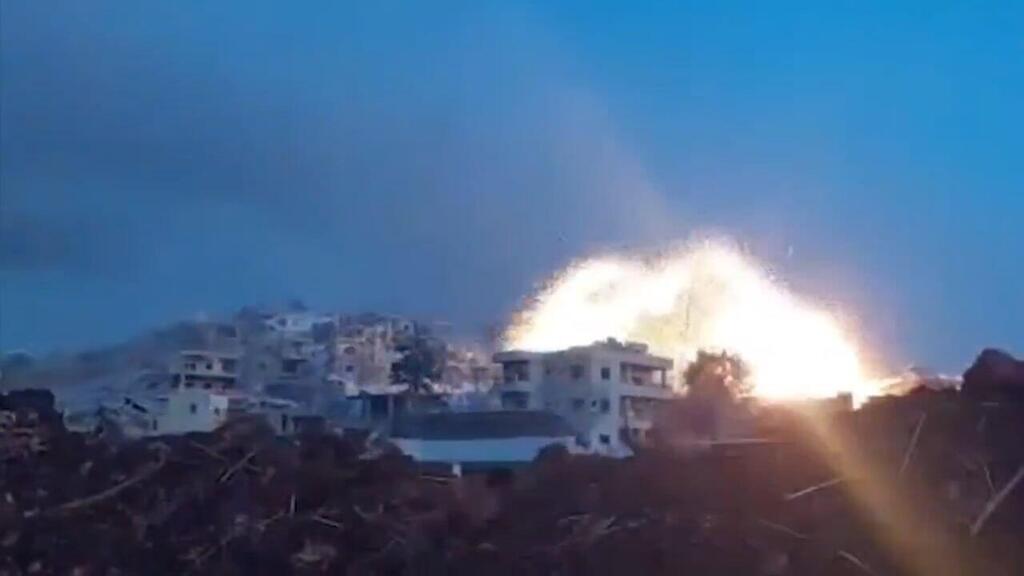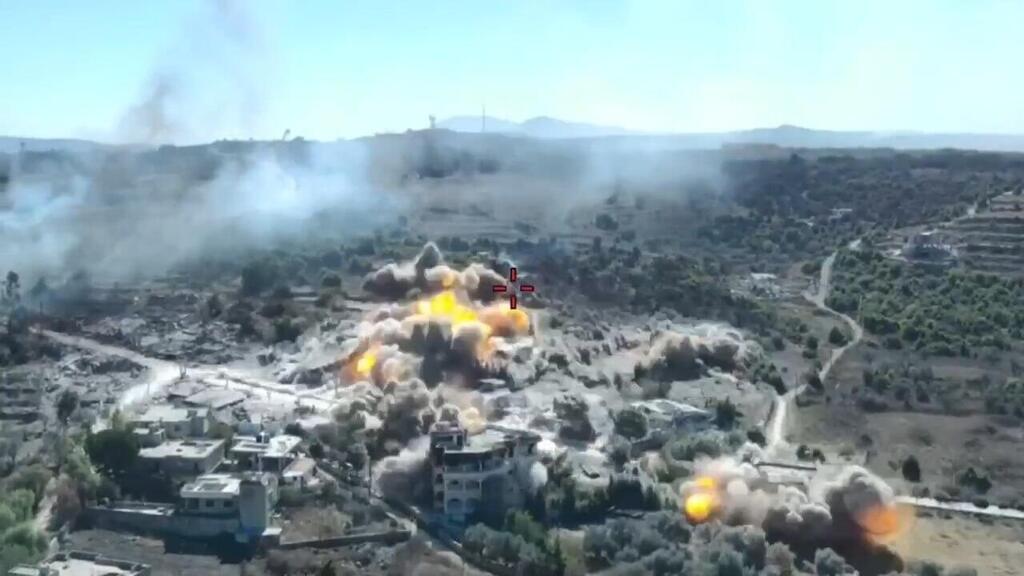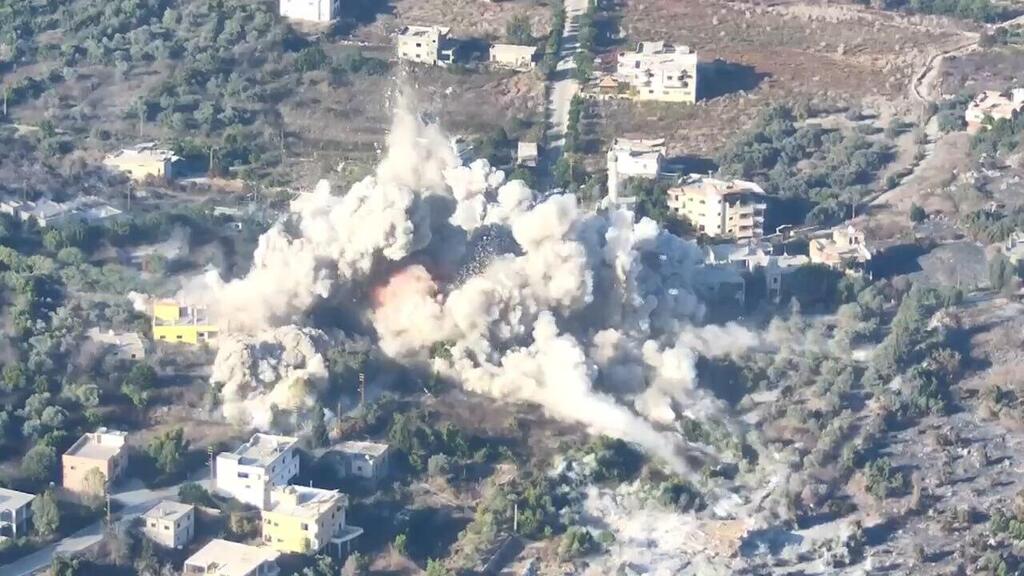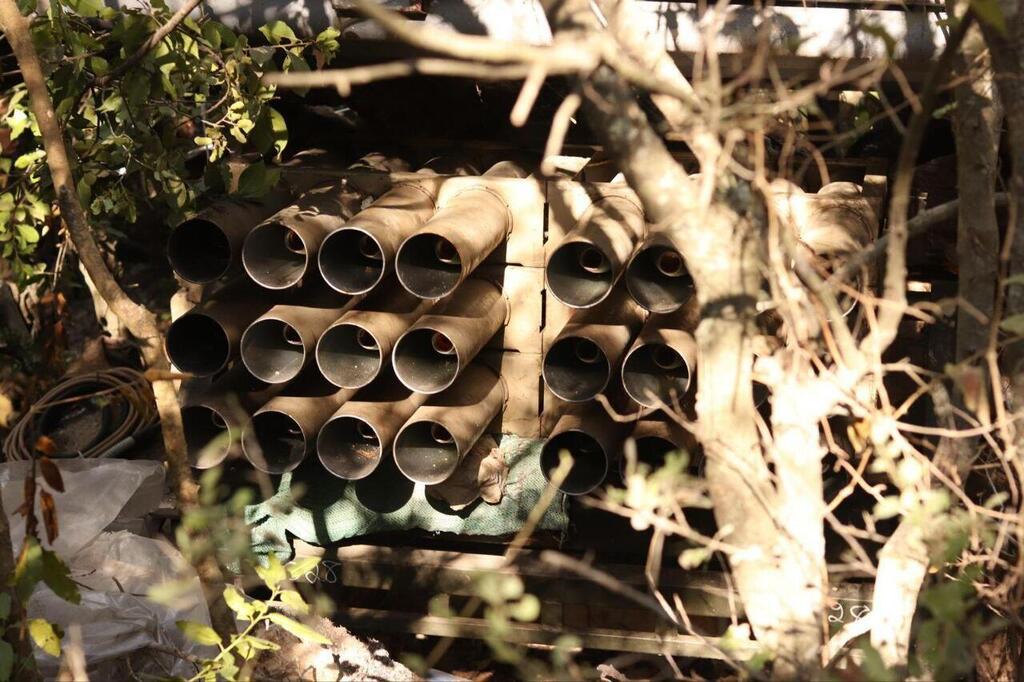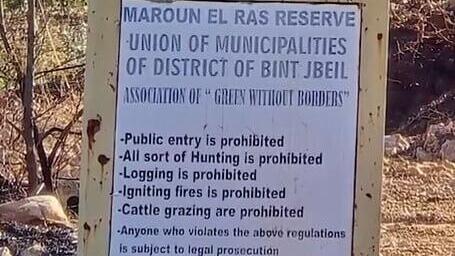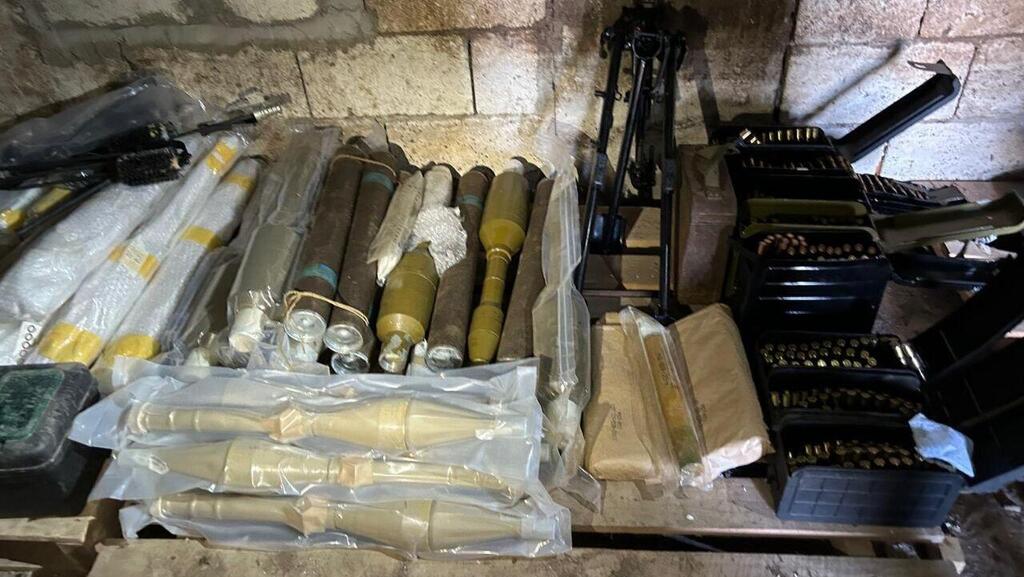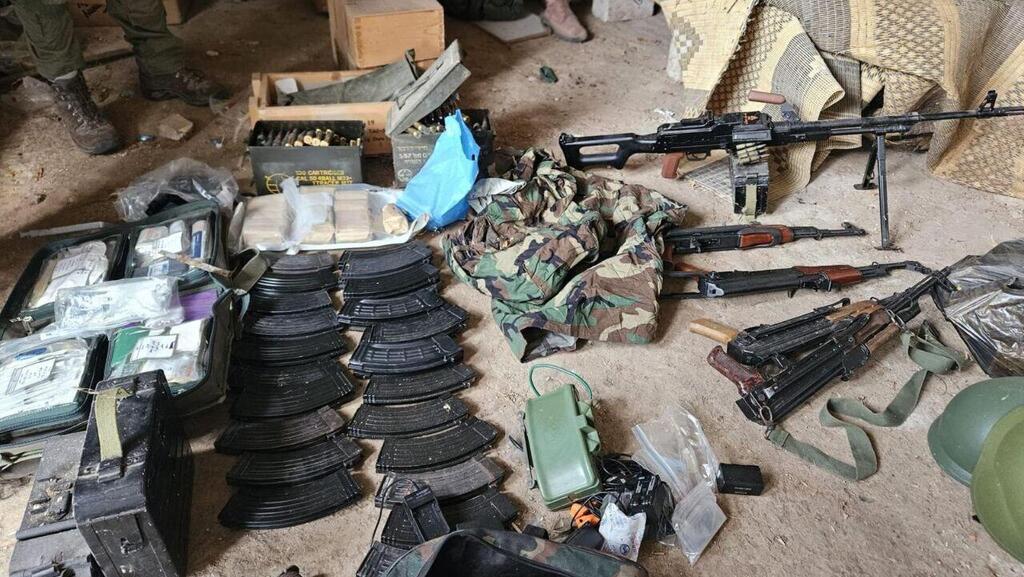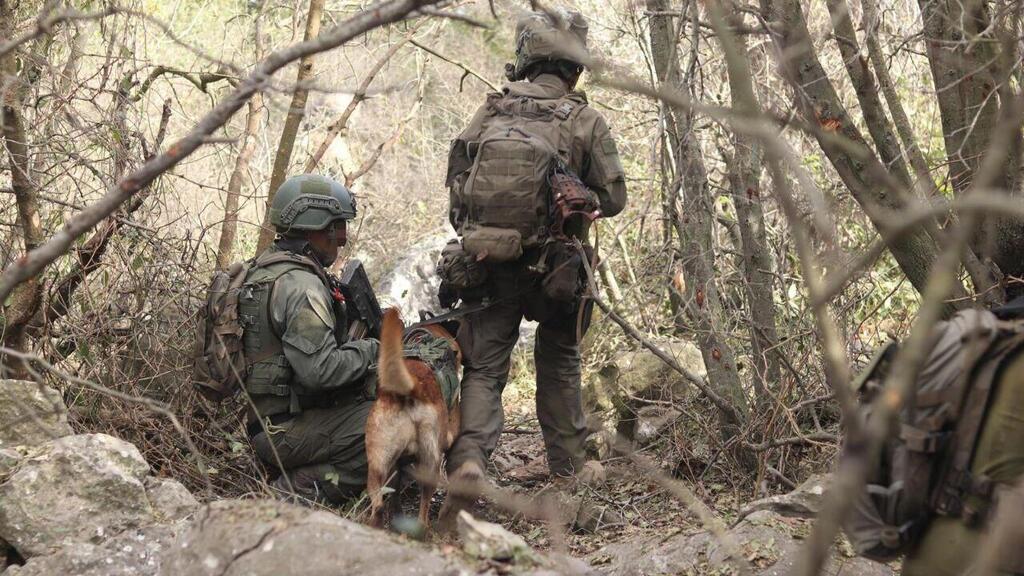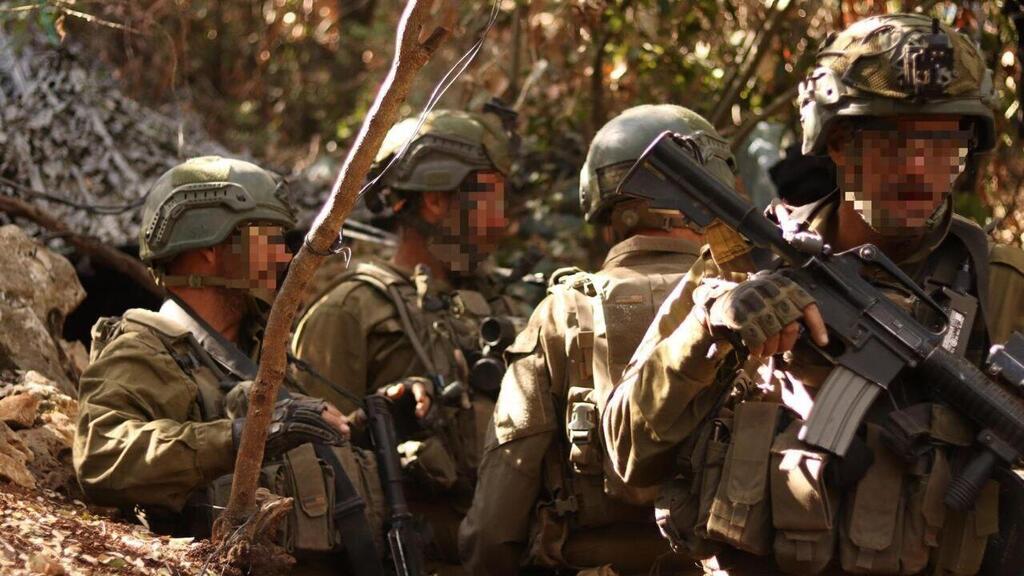IDF reserve forces have eliminated hundreds of Hezbollah assets and strategic targets across southern Lebanon.
The IDF’s 6th Reserve Brigade (Etzioni)is expected to be one of the reserve brigades continuing ground operations in southern Lebanon, following the withdrawal of some other reserve brigades for a much-needed leave.
Elimination of terrorists of the Hezbollah terrorist organization
(קרדיט: IDF)
Meanwhile, the brigade combat team under the IDF Northern Command wraps up a successful month-long period of ground operations aimed at removing the threat of Radwan Forces' potential invasion into the Galilee.
The brigade, which was the first reserve brigade to enter southern Lebanon as part of the Northern Command Brigade, has destroyed 154 Hezbollah terror structures near the border. Footage shows the commanders on Lebanese soil dedicating these achievements to all IDF soldiers and to the hostages still held by Hamas in Gaza.
Additionally, reservists have destroyed approximately 20 of Hezbollah’s underground combat tunnels and launch pads near the border, cleared around 600 dunams (about 148 acres) of dense terrorist vegetation that concealed launch infrastructure toward the Galilee and killed at least 14 terrorists without any fatalities within the brigade.
One video showed how forces identified a Hezbollah terrorist squad in dense, fortified terrain in daylight. The Hezbollah squad included a lookout and combat soldiers, who were only revealed after a few minutes due to their use of the thick vegetation. With the help of tanks and drones, the brigade neutralized the squad.
The soldiers were also surprised to encounter a cynical Hezbollah sign, warning in English against entry, hunting or cutting trees and vegetation at the entrance to one of the "nature reserves" located between Bint Jbeil and the Israeli border.
Over a decade ago, Hezbollah established a front organization called Green Without Borders purportedly to protect the environment with "rangers" who are actually terrorists, preserving these “nature reserves” as combat zones meant to allow the Radwan Force’s thousands of fighters from its 12 battalions to invade Israel in the future.
Reserve troops also destroyed hundreds of buildings in southern Lebanese Shiite villages, effectively flattening entire terror-infested neighborhoods that had been transformed into military bases, including the densely populated casbahs of some of these villages.
Given the growing need and demand for engineering tools, the brigade used not only bulldozers from its combat engineering battalion, which operated non-stop in Lebanese territory to destroy Hezbollah infrastructure but also engineering teams comprised of civilian tractors leased by the IDF and operated by IDF Home Front Command heavy equipment operators.
"Hezbollah took advantage of both the terrain and the open areas to build itself up," said the brigade’s commander, Col. (res.) Sarel Sabag. "We saw the entire area as one unified combat zone – and this is what Hezbollah did as part of its plan to invade the Galilee.
“Hezbollah has built itself up over the years, with the ability to study the enemy and observe where it's positioned – I think this has made us more prepared. Ultimately, it’s also about the power of maneuvering and the locations we've entered."
He noted that the fighting in urban and dense areas is very complex. "The biggest achievement is ultimately the ability to destroy these infrastructures and create an area that looks entirely different," he explained.
He also described his close encounters with terrorists, saying: "The enemy tried to pull us into the terrain," while dealing with anti-tank fire and rockets. "That didn’t stop us. We pushed forward with full force to accomplish the mission," he stressed.
Get the Ynetnews app on your smartphone:






